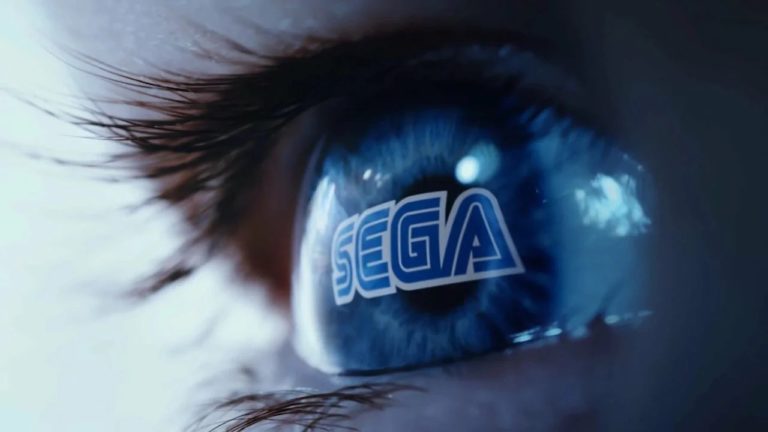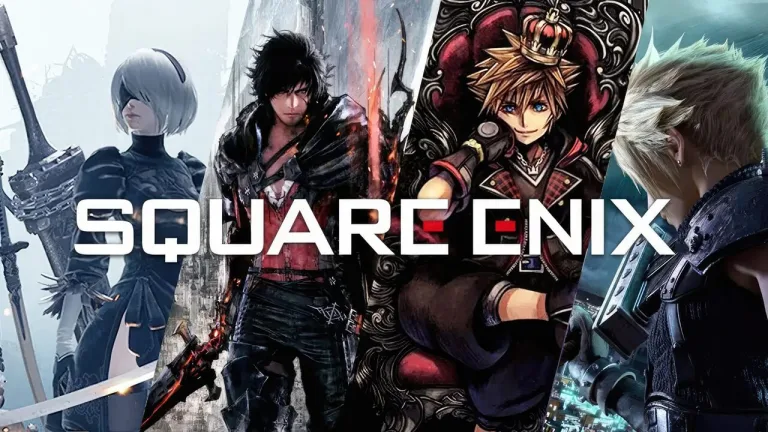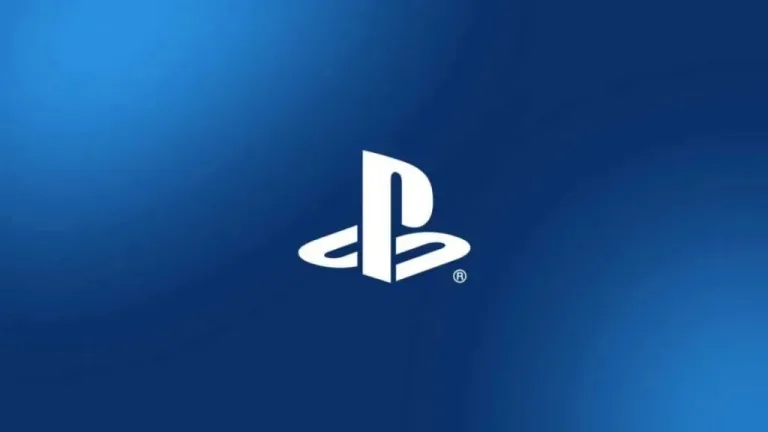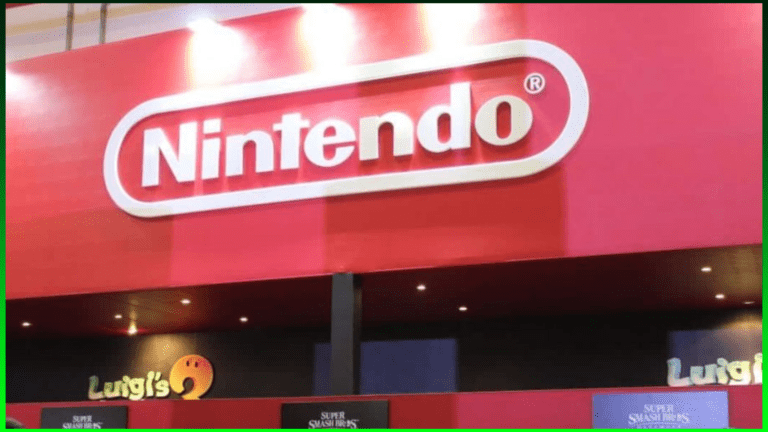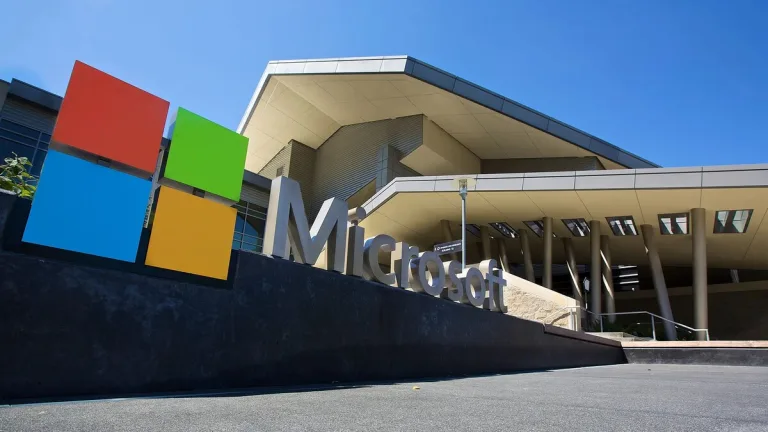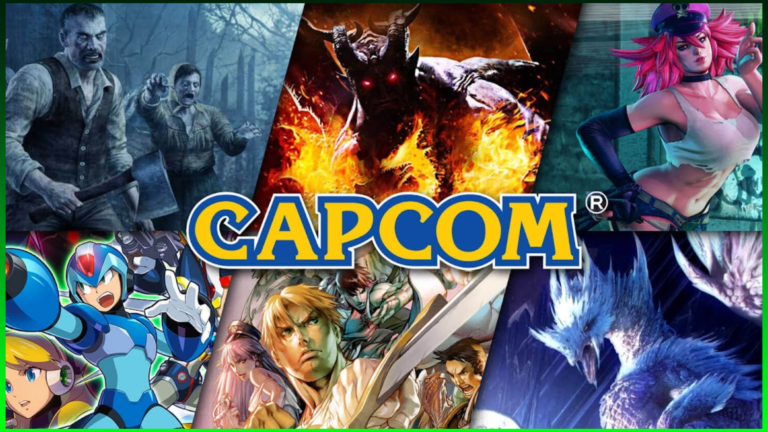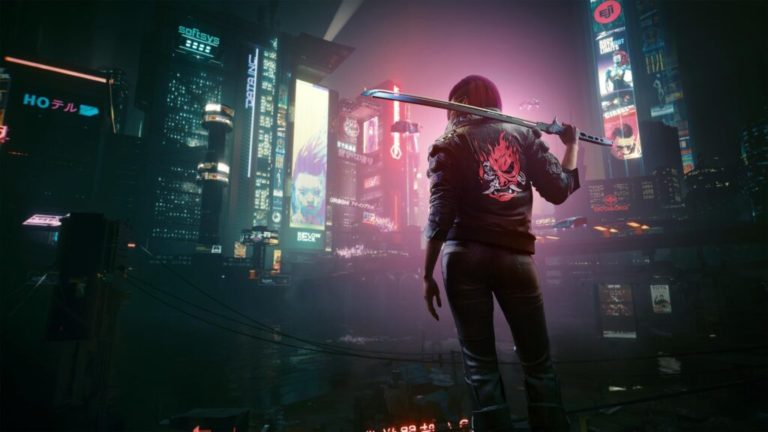Fellowship Entertainment — the freshly rebranded Embracer Group — reported an adjusted operating profit of 75 million SEK...
Earnings
Sega Sammy Holdings has released its financial results for the first quarter of fiscal year 2026 (ending...
Square Enix has officially entered a new chapter—one shaped not by console loyalty, but by survival, reach,...
Sony’s Game & Network Services (G&NS) division posted approximately $6.2 billion USD in revenue and $980 million...
Advanced Micro Devices (AMD) just dropped its Q2 2025 earnings report, and while Wall Street had mixed...
In the latest financial report for Q2 FY2025, Yuke’s Co., Ltd. revealed a compelling snapshot of its...
Nintendo’s Q1 FY2026 earnings report dropped on August 1, 2025, and while the numbers show a company...
Microsoft just dropped its latest quarterly earnings report, and the message is resounding: the tech giant is...
Capcom just clocked its fourth consecutive year of record‐breaking earnings, and two surprisingly “small” line items did...
CD Projekt Red has officially confirmed during its Q1 2025 earnings call that the highly anticipated Cyberpunk...



